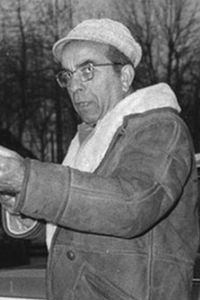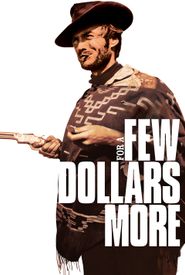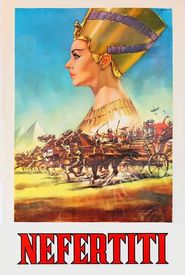Massimo Dallamano, a remarkably gifted and multifaceted individual, made his grand entrance into the world on the 17th of April, 1917, within the captivating city of Milan, situated in the charming and picturesque region of Lombardy, Italy, a country renowned for its rich cultural heritage and breathtaking landscapes.
As a skilled and accomplished professional, Dallamano's talents extended far beyond the realms of cinematography and writing, leaving an indelible and lasting impact on the film industry, a testament to his remarkable abilities and dedication to his craft.
Throughout the extensive and distinguished trajectory of his professional life, he was entrusted with the multifaceted responsibilities of both cinematography and screenwriting, resulting in the creation of a diverse array of films that have left an indelible mark on the cinematic landscape.
One such notable example is the captivating "Tierra mágica" (1959),a film that transported audiences to a world of wonder and magic, its enchanting visuals and storytelling weaving a spell that continues to captivate viewers to this day.
Furthermore, his work on the iconic "A Fistful of Dollars" (1964) not only showcased his mastery of the medium but also cemented his status as a visionary filmmaker, as his innovative use of camera angles and lighting helped to redefine the action genre.
In addition, his later work on the suspenseful "What Have You Done to Solange?" (1972) demonstrated his ability to craft a film that was both intellectually stimulating and viscerally thrilling, its intricate plot and atmospheric tension keeping audiences on the edge of their seats from start to finish.
In summary, his impressive body of work is a testament to his unwavering dedication to his craft, and his contributions to the world of cinema continue to inspire and influence filmmakers to this day.
Massimo Dallamano's earthly existence unfortunately drew to a close on the 14th of November, 1976, within the eternal and historic city of Rome, which is situated in the central region of Lazio, a province located in the southwestern part of the Italian peninsula, characterized by its rich cultural heritage, architectural landmarks, and vibrant atmosphere.























